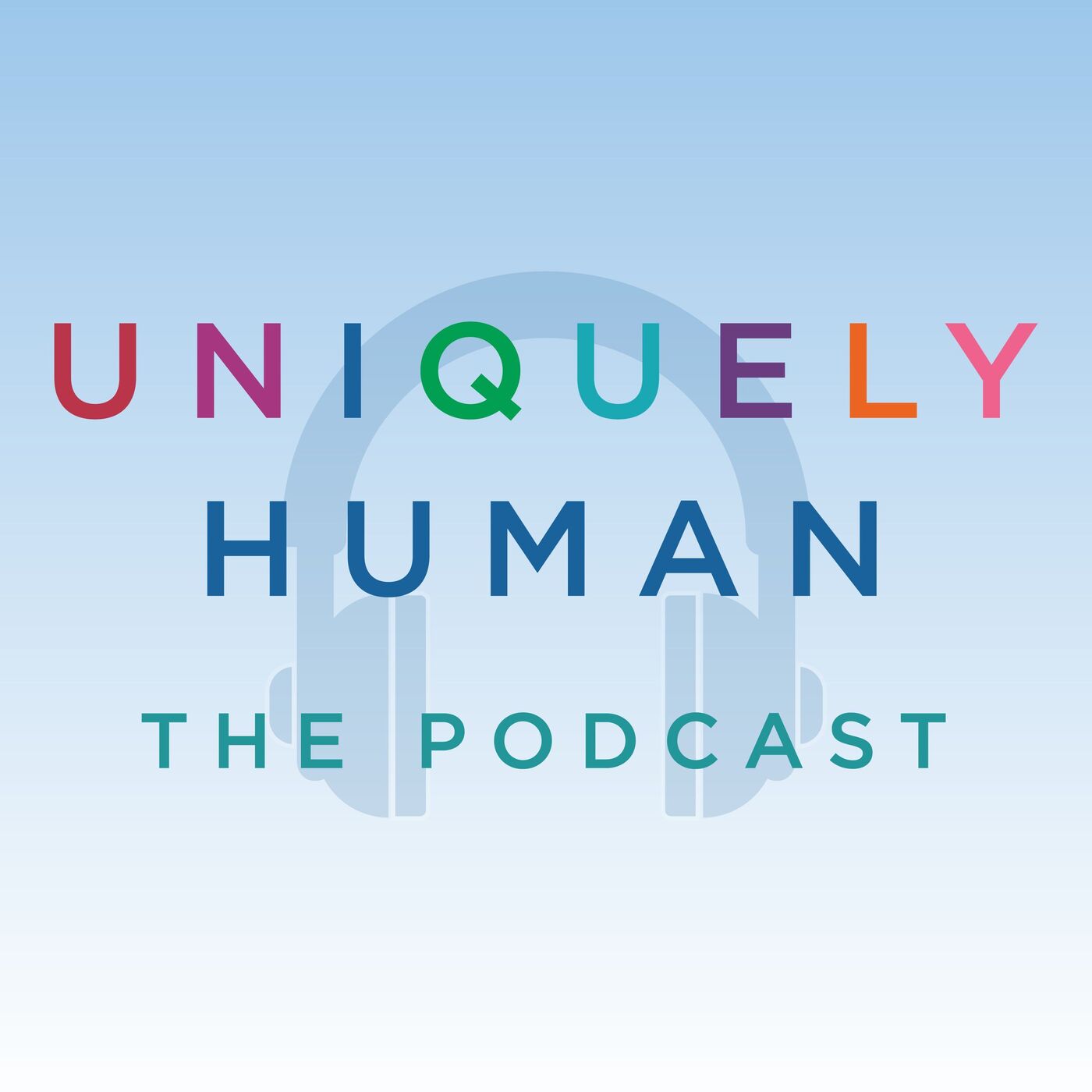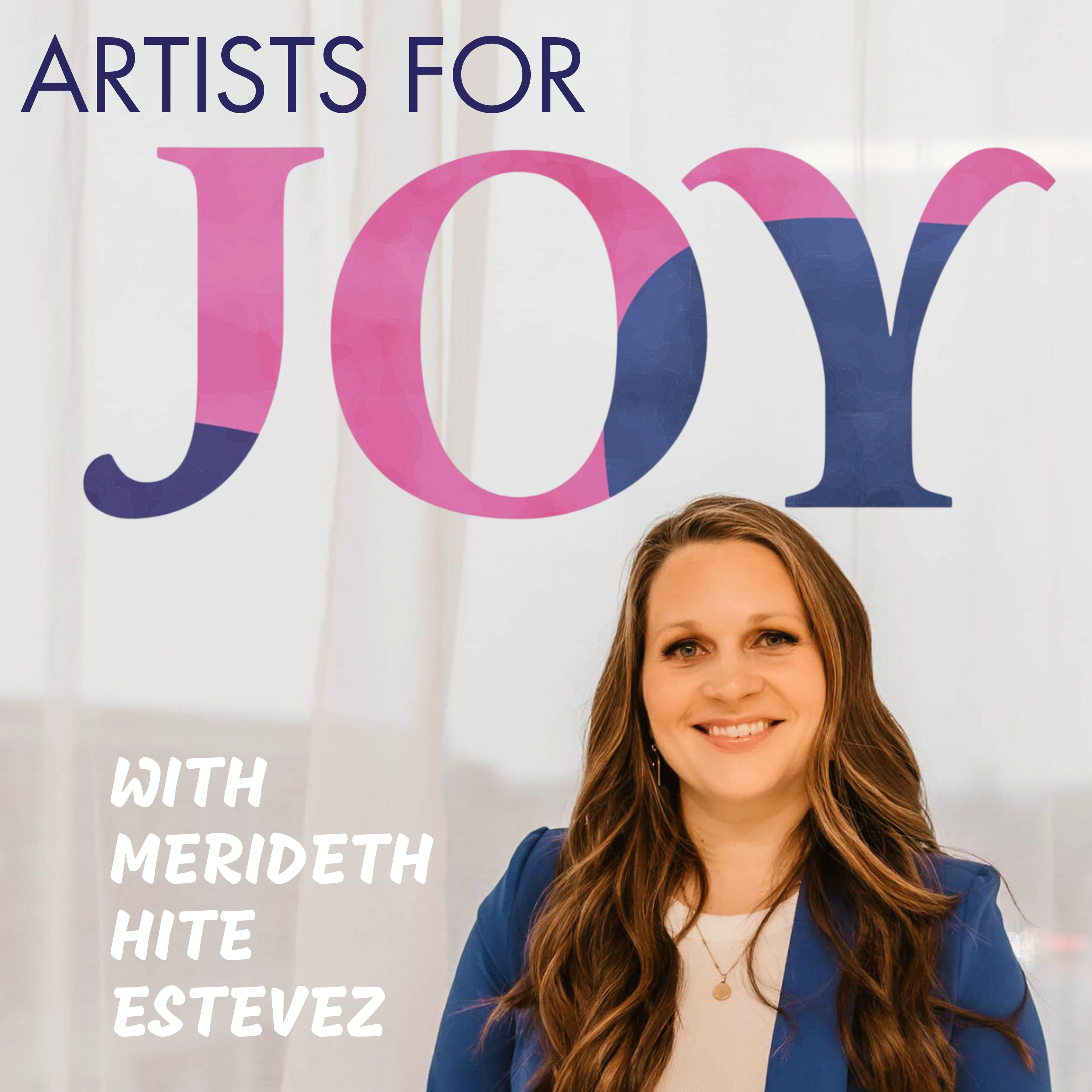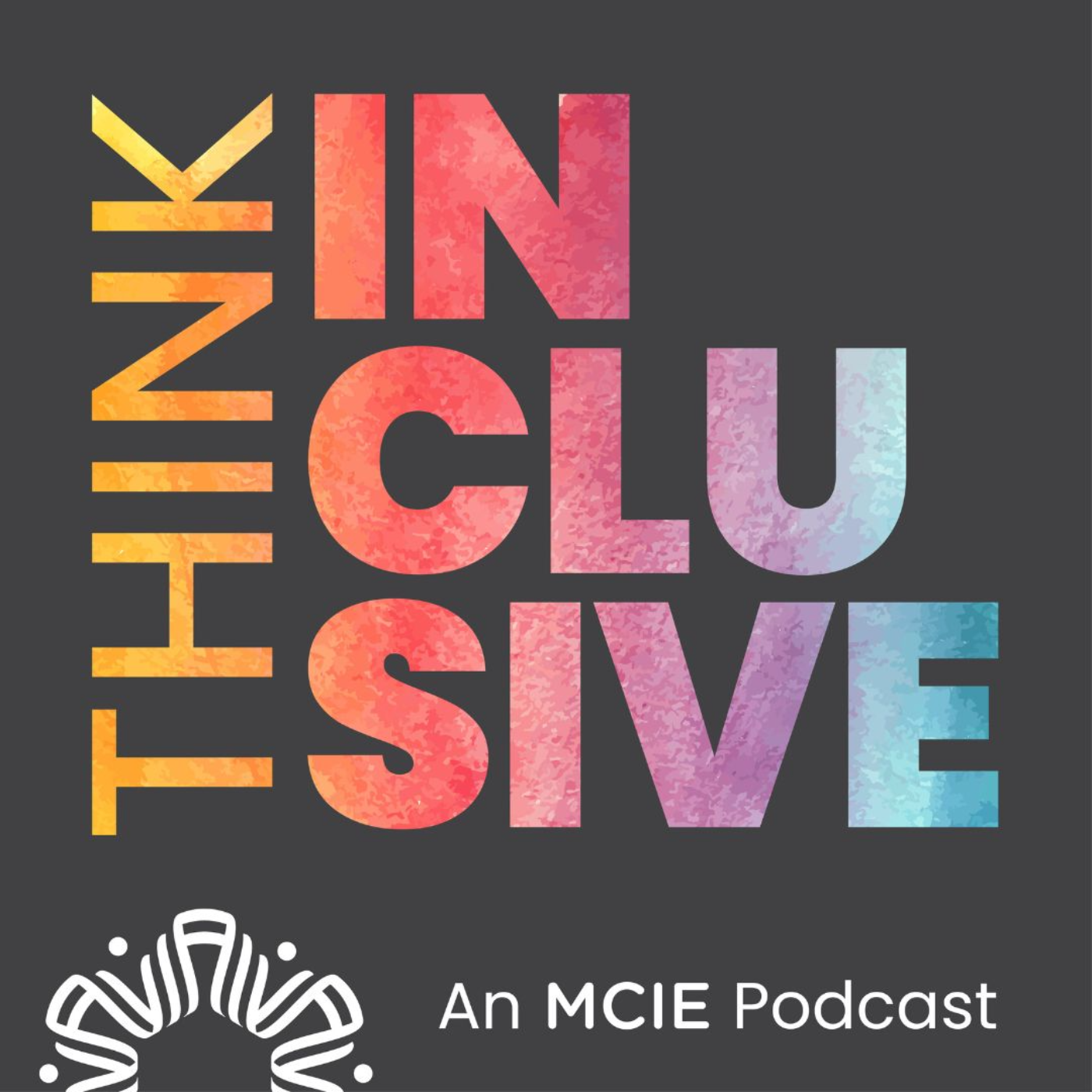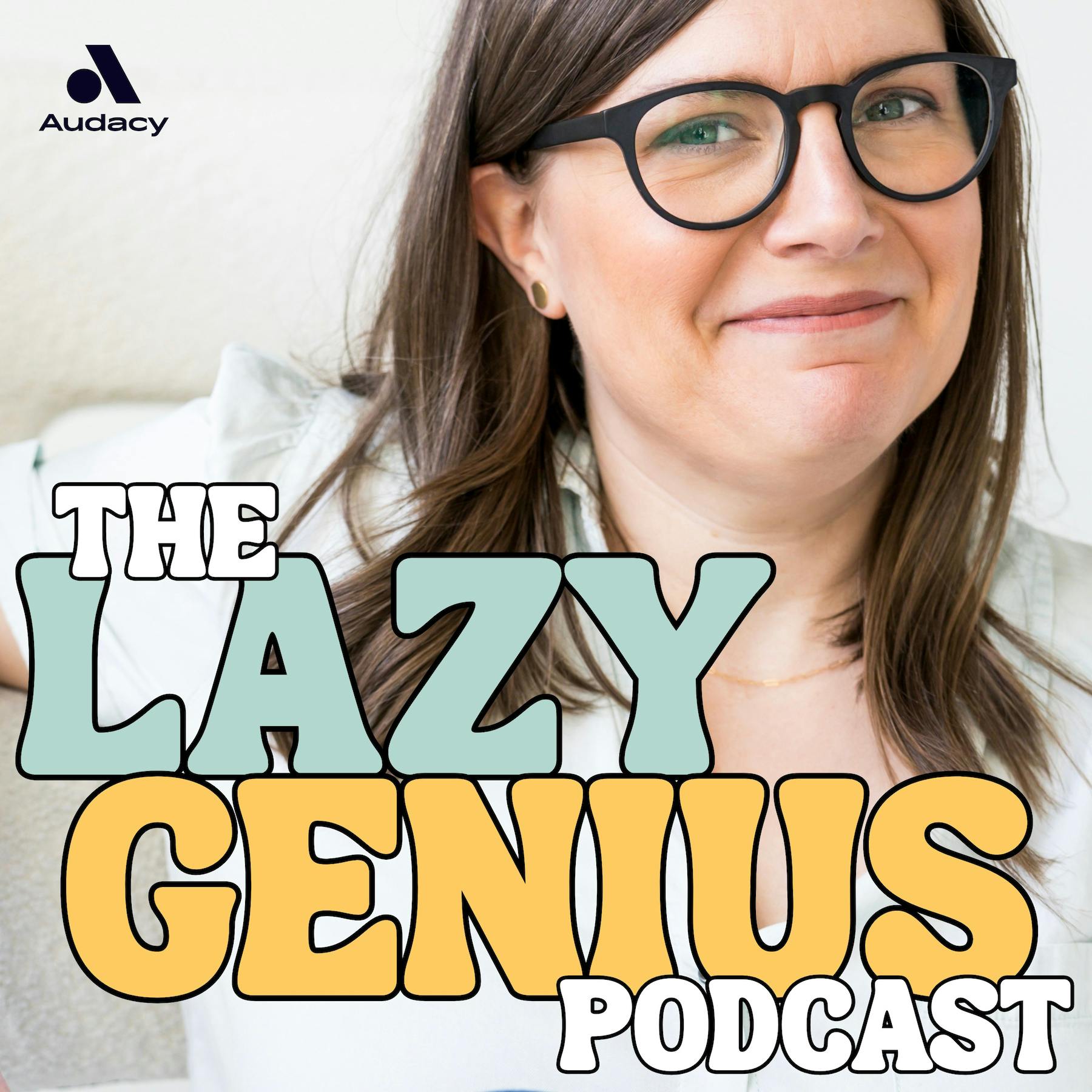
Creative Piano Pedagogy
This podcast is an enriching resource designed specifically for piano teachers and music educators working with out-of-the-box students: students with disabilities, physical or learning differences, gifted and 2-E learners and neurodivergent students. Each episode delves into innovative teaching strategies, offering insights and practical solutions that promote creativity, inclusivity, and approaches teaching from a positive and student-first environment.
Pedagogue, researcher and music educator Dr. Elizabeth Davis-Everhart will demystify topics such as technique, communication, piano methods, understanding behaviors, autism, ADHD, dyslexia and much more- all with a focus on encouraging teachers to meet the diverse needs of their students and inspiring them to embrace new ideas and cultivate the musical potential of every learner.
Creative Piano Pedagogy
13- The Wide Spectrum of Autism: Beyond the Myths
What does autism really look like in the piano studio? Autism Spectrum Disorder exists on a continuum as varied as the individuals who experience it. We explore why nonverbal doesn't mean unable to understand, why avoiding eye contact doesn't signal disinterest in social connection, and why differences in neurological processing aren't deficits but simply different pathways to learning.
This episode dismantles common misconceptions that limit our expectations and teaching approaches. Through real-life examples and touching student stories, you'll gain practical insights into creating more inclusive and effective piano lessons.
Links
Interested in learning more about the best approaches for teaching neurodivergent learners? Take advantage of the 50% sale on Adaptive Piano Pedagogy 101! Use code FLASH50 at checkout.
Check out Dr. Scott Price's book, Autism and Piano Study
Blog posts on Autism Spectrum Disorder + piano teaching
Need some fidget toys for your neurodivergent students? Here are Elizabeth's favorites! {affiliate link}
Find the full transcript here of this episode and all past episodes!
📚 Join the waitlist for the next Piano Teachers Book Club Session!
Subscribe to Elizabeth's email list here so you won’t miss future courses, freebies, teacher events and more.
Let's stay in touch!
On the website/blog
Follow on Facebook
Follow on Instagram
Follow on YouTube
You can find all of Elizabeth's favorite repertoire and teaching tools on the Amazon Storefront (affiliate link)
Questions or suggestions? Send Elizabeth an email:
elizabeth@creativepianopedagogy.com
As an Amazon Affiliate, we may receive a small commission at no additional cost to you if you purchase through our links. Thank you for helping support the podcast!
This is episode 13 of the Creative Piano Pedagogy Podcast, and I'm your host, Elizabeth Davis Everhart. Thank you so much for tuning in. And I'm sorry about the little break last week. I have been sick for several weeks, and last week I could not talk without coughing. But today we're back for another episode in the new series, Deconstructing Myths of Gifted and Neurodivergent Learners. If you haven't had a chance, go back and listen to episode 12 where I had the incredible Tara Mock on the podcast. She was my first guest I've ever hosted, and we had such a great time talking about neurodiversity and how not to underestimate our students and not assume anything really. And it was just a wonderful conversation. So I highly encourage you to listen to that if you haven't yet. Today's topic is all about autism spectrum disorder. This has been a little bit of a hot button topic in the international and national news this week, and that was not planned to coincide with that because I don't really stay super connected to things that happen politically. But I am very excited to share some myths and misconceptions about autism on the episode today. I thought a fun way to start our episode would be to play the guess who game. If you don't remember, this game was really popular probably 20, 30 years ago, and it had all of these plastic tabs with very funny artwork of people's faces. And they all had names like Rachel, Cheryl, Robert, and people would take turns asking questions: do they have blue eyes or black eyes? And you you could answer, um, and then you would eventually guess who the person was describing. So we're gonna play a little version of the guess who game, and I'm gonna share a couple of scenarios with you. And just in your mind, as you're listening, I'd like for you to guess which one sounds like an individual with autism spectrum disorder. Here we go. Our first one is a student who is 10 years old and loves piano. Uh, they have a great ear and can play anything very easily from memory. They can transpose, really play anything by ear that they've ever heard and figured out on the piano. They have pretty terrible fingerings, um and they really struggle with um getting easily overwhelmed as they're playing and getting easily frustrated. So that's our first one. Here's our second one. This student is um five years old and is basically um has minimal verbal skills, they require a lot of help in the lesson to stay on task. They have a lot of outbursts and um behavior struggles, they struggle to play through their music and stay focused. They're always wiggling around the room and have a difficult time staying on task, and they have a lot of issues with finger control and motor planning, like moving each of their fingers. So, which one would you say is the student with autism spectrum disorder? If you said both, you're correct. The reason it's called autism spectrum disorder is because of that word spectrum. There is a wide variance in how autism presents and how it is for many individuals. There's this really beautiful quote by Dr. Stephen Shore that I love very much. If you're not familiar with Dr. Shore, he is a well-known author. His book is called Beyond the Wall. And he's also a teacher and musician and just all around wonderful person. But his quote summarizes autism really beautifully, and it is when you've met one person with autism, you've met one person with autism. And that just speaks to the individuality of each person and their individual struggles, gifts, and strengths. So we really lean into the spectrum on today's episode. And let me share a little bit about autism because maybe you're not super familiar with it. You may have students that you think might be on the spectrum, or you've heard about it, or maybe you've had students on the in the past. But it is a neurological condition that affects how people experience the world, how they learn, and it is diagnosed with a very complex series of tests that assess their communication, their verbal communication, their social skills and interactions, and then repetitive and restrictive habits and movements. So it you have to score a certain number in each of those categories in order to be classified as autistic. But that is kind of a little bit in the nutshell of what autism is, and the reason it's a spectrum is because each of those skills that are assessed, it can be a wide range in any of them. So this is where the myth part of today's episode comes in, talking about the myths and misconceptions. Because if I just say someone with autism, you might think of something very specific, like a kid that you see in the library that has headphones and is rocking back and forth playing on a tablet or using a tablet for communication and is nonverbal at age 13 or 14. That might be what you think of when you think of autism. Or you might think of a seven or eight-year-old who behaves and seems just like any other typical student, and they just have some specific learning struggles. So it can vary, very greatly across the spectrum. And when we're talking about communication, that's one of the things that can really be a part of the myth of what people think of autism. There's a big myth that nonverbal students cannot understand instructions or communication, and that is so far from being true. Even when individuals don't have a lot of verbal skills or don't communicate verbally, they are still able to learn and grow and enjoy music in very creative ways. So that's definitely not the case. You might also have heard of selective mutism, and this is when students might choose not to speak or respond verbally with certain circumstances, like when they're under a lot of stress or they're feeling very overwhelmed or they're frustrated. They might refuse or choose not to speak verbally or communicate verbally with you. And that's something very different. That's not considered nonverbal, it's just selective mutism. Another myth about this communication aspect of autism spectrum disorder is that because students on the spectrum tend to sort of not love to make eye contact, that they also don't enjoy social interactions and conversations. That is a definite myth. Very, very large misconception. Some of my most gregarious and chatty students in the past have been not only on the spectrum, but have loved talking. And in fact, it's kind of a challenge to get them to stop talking once they start. I bet you have had students like that in the past that you kind of have to gently transition them or shut them down in order to help them actually learn because they love talking so much. But I have had many students on the spectrum who love talking to me. Another myth is that students on the spectrum don't have emotions and they can't share their emotions. That is really bizarre. Um it's a it's a really interesting myth, and actually, Tara and I talked about that a little bit on the last episode, episode 12, and she was able to share some really interesting insights about her son. So again, go back and listen to episode 12. But just because someone does not have a lot of facial expressions or doesn't share their emotions on their face and wear their emotions on their face with a big smile and making eye contact, that does not mean that they don't feel deeply and that they're incapable of feeling emotion. Another myth I've heard quite a bit or misconception is that students with autism are always going to have terrible posture at the piano. Like they they might be a little bit hunched over in the way they sit or unable to have really good technique with their fingers. And again, this is all just very dependent on each student and what where their gifts lie and where their strengths are. But to just make an assumption and say that students on the spectrum will not have good posture is just kind of doing a disservice to your students because you're not sure what they're capable of yet. Let them show you and don't limit them by something that you've heard that may not even be true. Something else I've heard teachers say quite often about students on the spectrum, especially in regards to music and piano lessons, is that you cannot teach autistic students in groups. You can only teach them one-on-one. And this is referring to a comment in several comments I've seen online of teachers who said that you cannot teach them in piano groups or instrumental groups or in classrooms, that they need one-on-one instruction. And of course, there's a little bit of truth to this. Don't we all probably do better with one-on-one instruction if we're given the opportunity and the chance? But also, people with autism are just that people. And people enjoy connecting with others who have shared interests. And I think it's so worth the effort of trying to get your students together in groups, whether it's a performance class leading up to a recital where you all get together and practice performing. What a great thing for your neurodivergent students to have an experience where they can play their music before the recital for other people and also enjoy the social interaction with other students, probably their age. So don't be afraid to try that just because some people might caution or say it doesn't work. You will never know until you give it a try, and each student is so different, your experience might be really wonderful. In the news this past week, and here in the US, there have been some things said from politicians that autism is a disease. I saw one post saying that it's a contagious disease, and one person said it was infectious. But let me just reassure you, it is not a disease, it's not contagious, it's not affection infectious, and it's certainly not a mental health condition. Just because people with autism think differently doesn't mean they think less or are in a deficit. Difference does not equate a deficit. Autistic people are so very intelligent. And if any of you listening are in the Piano Teachers Book Club, we are reading a book written by an autistic author and behavioral animal scientist who is a world-renowned um individual, Dr. Temple Grandin. And reading her book again, I think this is the third time I've read this specific book, Visual Thinking, and hearing her experiences as an autistic child just makes me all the more stubborn and um oh, I can't think of the word, but just all the more persistent and dedicated to teaching students on the spectrum because they miss out on so much due to assumptions or lack of resources, and it just makes me all the more dedicated to providing good things for them because they're very, very capable people. I want to leave you with a little anecdote about something that my student told me not long ago. This student is 12 years old. She is diagnosed with autism and ADHD. Um, sometimes we call that ADHD because it's autism and ADHD together. And she also has some other learning disabilities. We were having this really great conversation in her lesson. She loves to talk. And she said, Dr. Elizabeth, are you autistic? And I was so taken aback by her question because it kind of came out of nowhere. And even though I teach neurodivergent students very often, and they're the majority of my student population, we don't really discuss disabilities in our lessons together. We talk about music, we talk about things they like to do, but we don't typically talk about autism or dyslexia or ADHD. So I was really surprised when she asked, Are you autistic? So I said, No, I'm not. I am ADHD, but I do not have autism. So then I asked her, Why did you ask me if I was autistic? And as plainly as she could, in just instantaneous response, she said, Well, I have autism and uh it makes me really cool. I'm really good at things that other people are not good at. And I think you're cool, so that's why I thought maybe you have autism too. Wow, what a cool thing for my student to be able to articulate her perspective of her autism. And I know that is very different from how many people feel about autism for themselves, for their family members, for others they might know or come in contact with. But just remember, it's different for every individual. When you've met one person with autism, you've met one person with autism. And for my student, she thought, hey, my piano teacher is cool, and I think that me having autism is cool, so maybe she has autism too. I was actually really honored that she asked me that question because it's not something a student would typically be able to articulate to me, and it was a really special moment together talking about how she feels about autism. And she did share with me some struggles. She has a lot of trouble making friends because her social skills are not on the same level as her intellectual or academic skills. I am her friend because we work together weekly, one-on-one. But for her to make friends at school or other places is very, very difficult. So she did share some of her challenges with me, and I thanked her. That was a very vulnerable thing of her to do, to share her struggles with me, but also to share her joy and just autism makes me cool. I'm good at things other people are not good at. I wish all of us could see ourselves that way, that whatever quirks and differences we have, it just makes us good at things that other people might not be good at. So even for us teachers, we all have unique gifts as well. Some of us are really good at the administrative side of piano teaching, and we love a good spreadsheet where we can keep track of our students' progress and our billing. Some of us absolutely hate the administrative side of piano teaching and would rather be doing lesson plans or choosing repertoire or planning events and recitals and festivals, doing anything besides administrative work. I love meeting with piano teachers because it reminds me of how unique we all are in our collective creativities. And we need that much diversity in approaches in the piano teaching world because our students are very diverse people. One of my very favorite professors, Scott Price, who is one of the best experts on autism and piano teaching, has this amazing quote and it says, The music doesn't discriminate, and neither should we. I think that sums it up pretty beautifully. I have a closing challenge for you today that I would like for you to try in your lessons this coming week. This is your parting little teaching tip for this episode. If you have a student in your studio that you suspect is autistic or you know is on the spectrum, I want you to make it your mission in their next lesson to observe three new things about them. Obviously, if you don't have a student with autism or maybe you're not even teaching right now, observe someone else in your life. Observe a family member or coworker, somebody that you would like to get to know better. Observe their body language, responses or reactions to your questions and teaching instruction. What do they do when you give them new music? Where do they pause when they're speaking? At what point in the lesson do they start fidgeting or stimming? Write those three things down that you notice. Because the more we can learn and notice about our students, the more you learn how they learn. I want to leave you with that challenge and little teaching tip today. It's one of the most powerful things you can do as a teacher to become a student of your student and be the most observant teacher that you can possibly be. Autism comes with a lot of challenges, and like we've talked about today, there are a lot of great gifts of people like Temple Grandin and lots of people I know who are just exceedingly intelligent and brilliant, but it also comes with a lot of challenges. People experience mobility challenges and communication issues, and some struggle to live independently. Wherever your students are on the spectrum, I hope that this episode encourages you to see your student first rather than the autism. We can never go wrong by focusing on our students and learning them.
Podcasts we love
Check out these other fine podcasts recommended by us, not an algorithm.

Field Notes on Music Teaching & Learning
Ashley Danyew
Coffee with Christina
Christina
Uniquely Human: The Podcast
ART19 Uniquely HumanADHD Experts Podcast
ADDitude
The Piano Pantry Podcast
Amy Chaplin
Piano Inspires Podcast
The Frances Clark Center
TopMusic Piano Podcast
Tim Topham
Piano Puzzler
American Public Media
Composers Datebook
American Public Media
Artists for Joy
Merideth Hite Estevez
Think Inclusive
Tim Villegas
THE AUTISM ADHD PODCAST
Holly Blanc Moses
Hidden Brain
Hidden Brain, Shankar Vedantam
The Lazy Genius Podcast
Kendra, The Lazy Genius